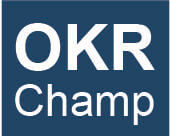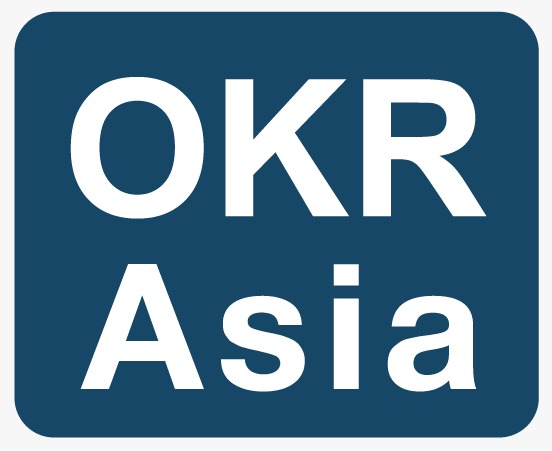<strong>What is the difference between KPIs & OKRs? </strong>
What is the difference between KPIs & OKRs?
There’s a lot of debate in performance management meetings about OKRs versus KPIs. Comparing the two is like arguing over apples and oranges. Although there might be some common characteristics, these two concepts are entirely different. Read on to find out more.
What is KPI?
Key Performance Indicators (KPIs) provide an ongoing evaluation of an organization’s, team’s or individual’s action performance over time. While there may be exceptions, these indicators are:
- Related to the strategic objectives
- Determine where resources should be focused
- Set against numerical targets
Using measurable KPIs is highly recommended. When you add quantitative value to whatever you’re measuring, you can provide context and compare performance easily.
It is possible to create qualitative KPIs, but it is not common and in KPIs, we want to avoid interpretation or feedback from the team level.
What is OKR?
OKR refers to the objective and key results. An objective is always related to its results. OKR provides a strategic framework, while KPIs measure how the framework functions.
In OKR, specific metrics are used to track the achievement of a goal using internal work-related results and external outcome-related results. The typical goal-setting structure includes three to five high-level objectives and three to five key results for each objective. Objectives are normally qualitative to give inspiration, encouragement, and purpose to the team and individual results. The performance of each key result is numerically evaluated. KRs are:
- Always measurable
- Scorable on a 0-1 or 0-100 scale
- Based on timelines
- Can be aspirational (if your goal is easily achieved, it is not ambitious enough)
In addition to Google and Intel, many other hugely successful companies have implemented the OKR framework for goal-setting, including Amazon, LinkedIn, Spotify, and others.
KPI Vs OKR
On the whole, OKRs are better suited to organizations that have high growth goals than KPIs and have a highly educated workforce. Sometimes, the key results used in an OKR framework are the same as an organization’s KPIs, as KRs and KPIs have similar definitions, but KPIs are lacking an inspirational objective to connect the results to the overall strategy and purpose of an organisation.
KPIs are a set of metrics, and OKRs are a set of strategic / tactic goals plus metrics. Your OKR framework may include a metric, such as a KPI. A strategic plan created with an OKR framework is a high-level, broad plan and can be broken down into sub OKRs for department, teams or projects.
Opposite to KPIs, we do not recommend to break-down OKRs into individual layers, as OKRs measure the result contribution, especially of teams, to the overall success and performance of the company. KPIs are normally broken down into team and individual measures as companies are more concerned to monitor the daily doing and output of individuals rather than the team and project result.
In an agile and highly collaborative environment with an educated workforce we would recommend OKRs in order to inspire your teams and make them contribute with Objective & Key Result ideas and feedback as part of the employee experience.
For more information on how to implement OKRs in your organisation and how to build team-based remuneration for OKRs, take the OKR Champ course or contact us on transform@asiapmo.com










